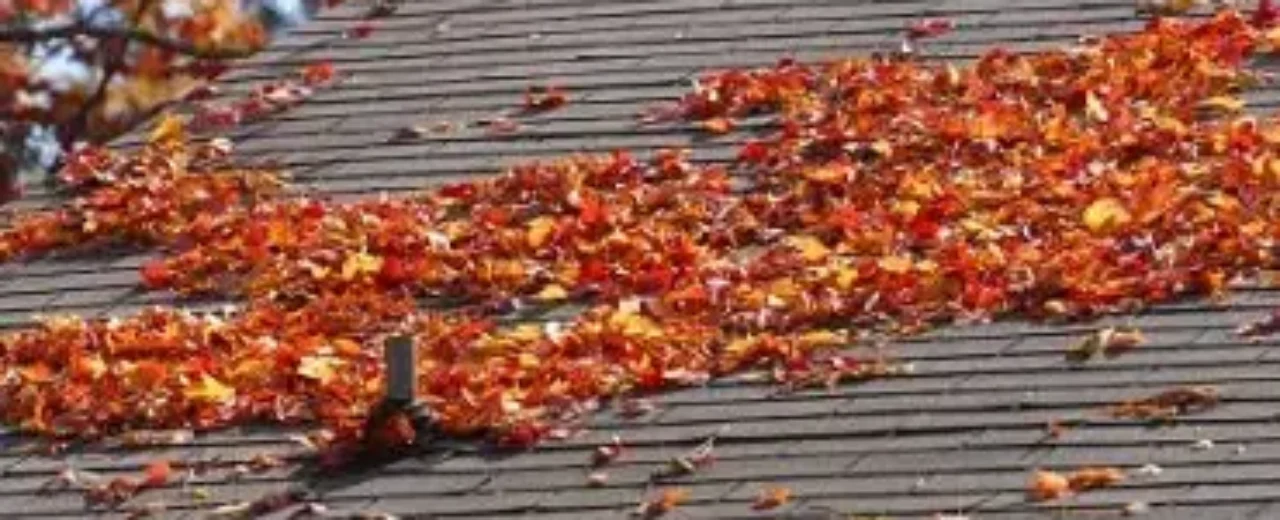Preparing Your Roof for Fall and Winter
As the leaves change color and the temperatures drop, it’s time to consider how well your roof is prepared for the colder months ahead. Fall and winter bring rain, wind, snow, and ice — all of which can put extra stress on your roofing system. A little preparation now can help prevent leaks, extend the life of your roof, and keep your home safe and warm throughout the entire season.
1. Schedule a Professional Roof Inspection
Before the first frost, have a licensed roofing contractor inspect your roof. They’ll look for loose, missing, or damaged shingles, worn flashing, and signs of leaks. Addressing these issues early can prevent water intrusion and expensive repairs during the harsh winter months, when fixes can be more challenging.
2. Clean Gutters and Downspouts
Fall is prime time for leaves, pine needles, and debris to clog your gutters. When gutters are blocked, water can back up under your shingles or overflow near your home’s foundation. Clean them thoroughly and make sure downspouts are directing water away from your home. Consider installing gutter guards to reduce future buildup.
3. Remove Roof Debris
Branches, leaves, and other debris can trap moisture against your roof, accelerating wear and encouraging mold or moss growth. Use a soft broom or blower to clear debris from the surface, being careful not to damage shingles.
4. Trim Overhanging Branches
Snow and ice can weigh down tree limbs, causing them to break and damage your roof. Trimming back branches reduces the risk of impact damage and minimizes the amount of organic material falling onto your roof.
5. Check Attic Insulation and Ventilation
Proper attic insulation helps maintain consistent temperatures on your roof, reducing the risk of ice dams — ridges of ice that block melting snow from draining properly. At the same time, good ventilation allows warm, moist air to escape, preventing condensation that can lead to mold or wood rot.
6. Inspect Flashing and Sealants
Flashing — the thin metal material around chimneys, skylights, and vents — plays a crucial role in keeping water out. Sealants can dry out and crack over time, leaving your roof vulnerable. Have any worn or damaged flashing repaired or replaced before the snow starts to fall.
7. Plan for Snow and Ice Removal
If you live in an area with heavy snowfall, consider how you’ll handle snow removal. Excess weight can strain your roof structure, and ice dams can cause leaks. A roof rake with a long handle enables you to remove snow from the ground safely. For significant accumulations, hire a professional to prevent damage.
Bottom line: Preparing your roof for fall and winter is about being proactive. A few preventive measures — from inspections and cleaning to trimming and insulating — can save you from costly emergency repairs in the middle of winter. By investing a little time now, you’ll enjoy peace of mind knowing your roof is ready to handle whatever the season brings.


